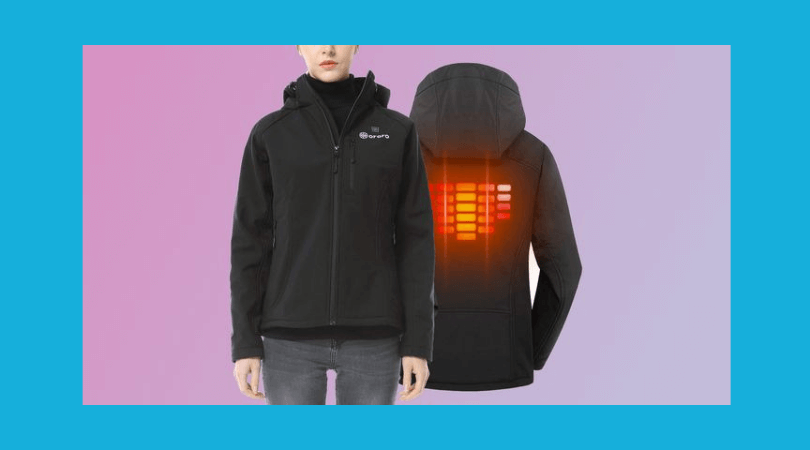Hip Scandinavian fashion retailer Carlings knew it had to make a big impression when it launched its first online store in 2018 — years after most other apparel brands.
Carlings has more than 200 physical stores in Norway, Finland and Sweden and is known for its wide range of jeans and casual clothes. When it finally started selling online last year, it wanted to do something that would draw people to its website and make it stand out. Virtual “clothes,” pieces that were available only as digital items, turned out to be the answer.
Digital Clothes Hit
Hip Scandinavian fashion retailer Carlings knew it had to make a big impression when it launched its first online store in 2018 — years after most other apparel brands.
Carlings has more than 200 physical stores in Norway, Finland and Sweden and is known for its wide range of jeans and casual clothes. When it finally started selling online last year, it wanted to do something that would draw people to its website and make it stand out. Virtual “clothes,” pieces that were available only as digital items, turned out to be the answer. It turned to Virtue, the creative agency owned by Vice, for a big idea. “We started thinking about what would a web shop look like 10 years ahead,” Morten Grubak, executive creative director of Virtue Nordic, told CNBC’s James Wright. “Of course (we were) inspired by the gaming industry, games like ‘Fortnite’ and the whole virtual ‘skinning’ of your avatar. And that’s what you’ll also have on web shops 10 years ahead, digital clothing, that’s what we pitched to them basically.” The response? “It’s too risky,” Grubak explained. When the agency pitched the idea, it didn’t go well.
Carlings CEO Ronny Mikalsen called it “the strangest meeting of my life.” “I didn’t understand what they were talking about, making a digital collection ... I was like, this can’t be serious, this is nothing that the consumers would be interested in,” he told CNBC. But after Virtue held a second meeting with Carlings, something hit a nerve. “I spoke to my daughter, she’s 12 years-old and I told her about this, and she made me realize that it’s not that strange actually, it’s not that far fetched or science fiction. People are buying skins, people are using filters on social media and so on,” Mikalsen said. Carlings’ digital clothes start at 10 euros ($9.06) for a headband and go up to 30 euros for a long oversized shiny nylon puffer jacket printed with computer code lettering.
Customers upload a photo and a designer will “dress” them virtually. Once they get their outfit, they can “brag to your friends,” on social media, per Carlings suggestion. The clothes are never made in the real world and have been produced purely for the digital realm. These virtual outfits look certain to up wearers’ credibility on Instagram, Mikalsen added. “We created a new way of thinking for the fashion industry, for the consumers, we know we have a lot of influencers out there creating this fake reality that is not available for the everyday boy or girl,” he said.
The Carlings collection is genderless and available in any size, and also taps into the trend for reducing environmental impact. Marketing solution Yuval Ben-Itzhak, CEO of social media marketing platform Socialbakers, told CNBC that digital clothing is in its infancy for creators on the likes of Instagram and Snapchat. For marketers, digital clothes and goods may be an efficient way to create posts. “In marketing, one of the biggest and most complicated issues is how can I create content at scale. How can I keep innovating and how can I keep the digital dialogue with my audience and know my audience,” he told CNBC by phone. Digital apparel is no emperor’s new clothes fad — in the gaming industry, “skins” and “cosmetics” are a staple item and it is estimated that in-game transactions, including buying clothes, are estimated to have made “Fortnite” parent company Epic Games $1 billion, according to figures from Nielsen company SuperData. For Ben-Itzhak, virtual apparel will need to find a real purpose within social media to be successful. “It will require some gamification … you are seeing many games selling those virtual items and it’s a huge business ... Think about dolls or think about cars and all those collections, probably when we were kids, we were collecting, we can collect that as digital items, it doesn’t need to be a physical item,” he said.
Some companies are pushing beyond virtual clothing and are creating digital characters sporting fashionable brands. On Tuesday, hip toy brand Superplastic launched Instagram pages for its two “synthetic celebrities,” animated characters Janky and Guggimon, who are set to earn money like real-life influencers, Superplastic claimed. Worlds collide Janky, a fashion fan, was soon posting about Guggimon’s sneakers, threatening to “burn his @balenciaga kicks” if Guggimon didn’t get out of his way, while Guggimon was pictured sitting on a “Louis Vuitton” case. “Living for this custom @lousivuitton titane trunk,” he posted. While Superplastic is not in discussions with either label about a collaboration, founder Paul Budnitz told CNBC that sponsorships are part of its business plan.
Ben-Itzhak told CNBC CGI characters and animation is an important step in social media content. “It all started with simple text. It’s moved to static images then to videos. Now, we’re looking at short videos like (Instagram) Stories and (now) these characters … On social media, innovation is at its highest velocity if you compare it to (innovation by) traditional publishers,” he said. Having boasting rights seems to be the main motivation behind buying virtual goods. Seventy-nine percent of paying gamers in the U.S. spent money on in-game items in 2018, according to Newzoo. These include virtual clothes, where within games such as “Fortnite,” certain outfits are seen as status symbols. Kids even use the term “default” as a real-life putdown, referring to the generic clothes the video game assigns characters.
Epic Games, maker of “Fortnite,” makes money by offering “skins” to players, with a “Top Gun” skin costing $5, for example. But buying these items doesn’t get people to a new level or give them more lives in the game; gamers are looking for attention and ways to bond with friends also competing.
The real and virtual worlds are benefiting each other: Mobile game “The Sims” partnered with fashion retailer Asos last year to run a virtual fashion show within the game itself, and people could then buy real versions of the clothes on Asos. It might be a while until digital items take off on social media, but they are making headlines. A digital dress was sold for $9,500 at a blockchain event called the Ethereal Summit in New York in May. Named “iridescence,” it was created by digital agency The Fabricant, designer Johanna Jaskowska and blockchain company Dapper Labs, and Jaskowska was seen “modelling” the item on Instagram before it was sold. But, if you’re looking for a coveted Carlings digital puffa jacket or oversized silver metallic track pants, you’re out of luck. The collection has “sold out,” although a second drop is coming soon.
Source: CNBC
Image: Plume Creative | DigitalVision | Getty Images





